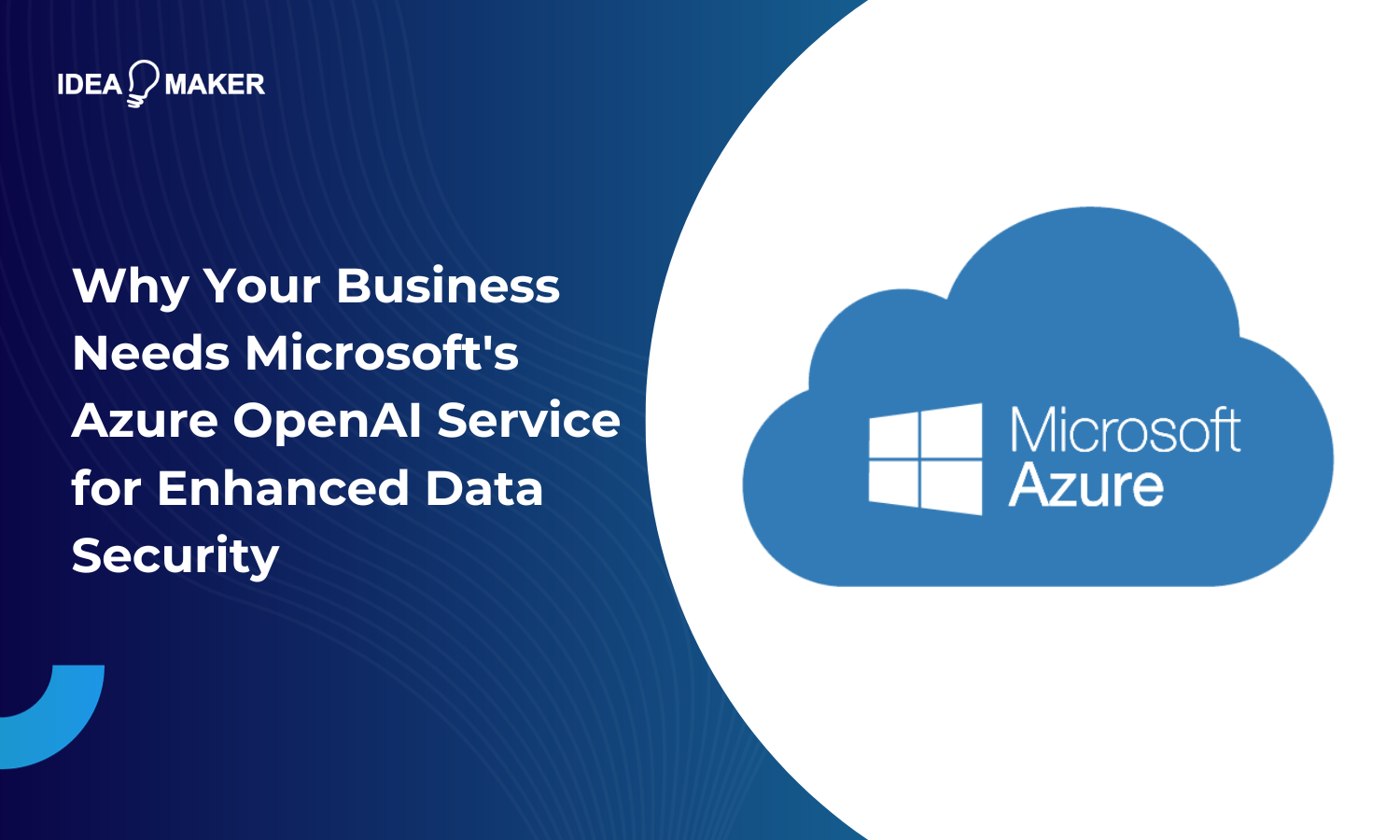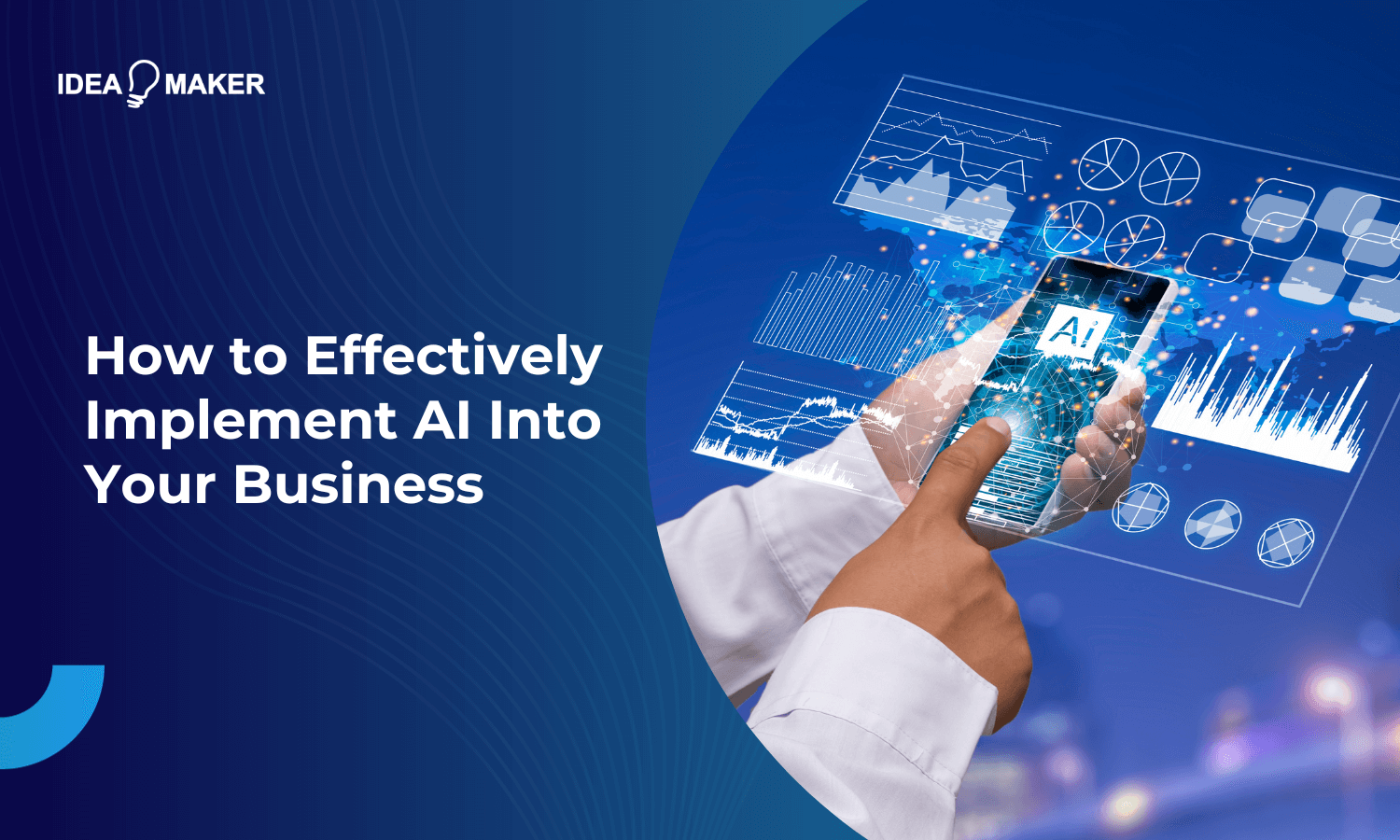Table of Contents
Did you know that nearly 500,000 businesses use Microsoft Azure in their day-to-day operations? This is thanks to its powerful suite of cloud-based services that provide businesses with a variety of benefits, especially in terms of managing sensitive data.
Recently, Microsoft has elevated the platform even further with the addition of the Azure OpenAI Service, bringing OpenAI’s GPT model to Azure users. In this article, we’ll explore how your business can take advantage of this new offering in order to effectively enhance your data security. Keep reading to learn more.
What Is the Azure OpenAI Service?
The Azure OpenAI Service provides access to powerful AI models like GPT-3.5 and Codex, which were developed by OpenAI via the Azure cloud platform. Companies can leverage these pre-trained models through Azure APIs and tools to build intelligent applications without needing direct expertise in artificial intelligence development. As a result, the Azure OpenAI Service can be used for various purposes, including conversational AI chatbots, text generation, and code generation.
What Data Does the Azure OpenAI Service Process?
When using models within Azure OpenAI, your data is passed through OpenAI’s machine learning systems, and processed in accordance with the OpenAI API Terms of Service and Azure compliance standards. This information can include conversational data for chatbots, text for language generation, or code snippets.
While OpenAI may collect limited metrics like API usage volume to improve the service, the company states it does not store customer data, share data across customers, or use data for purposes other than operating the APIs. Microsoft also certifies that Azure OpenAI meets key compliance criteria related to security, privacy, and responsible AI.
Benefits of Using Azure OpenAI Service
For businesses, the Azure OpenAI service offers several advantages for deploying AI capabilities. Here are some of the top benefits that come with utilizing the platform.
Scalability
Azure provides the back-end infrastructure to scale OpenAI models in order to handle heavy production workloads. It also offers options like auto scaling and load balancing to dynamically allocate resources based on usage demands, enabling efficient support for widely fluctuating traffic levels.
The scalable infrastructure ultimately ensures your app or service can accommodate sudden viral growth without interruptions. Thanks to this transparent scaling, latency also remains consistently low, even amid usage spikes. Additionally, with Azure OpenAI Service, your business can avoid the high costs of building comparable infrastructure yourself.
Customization
While OpenAI provides pre-trained models, the customizable nature of Azure’s machine learning tools also allows users to tailor models to specific data and use cases. As a result, you can fine-tune models for greater accuracy on custom tasks.
The ability to customize and transfer learning from one model to another reduces the risk of inaccuracies when applying general models to niche domains. This means your models become purpose-built for your needs rather than one-size-fits-all, significantly improving the overall performance and user experience.
Pre-Trained Models
Leveraging OpenAI’s state-of-the-art pre-trained models removes the need for organizations to invest in developing models from scratch. This brings financial and functional benefits to businesses, while ensuring a familiar user experience for those used to OpenAI’s models.
Tapping into OpenAI’s existing models also accelerates time-to-market, as you can bypass the lengthy training process. Additionally, with OpenAI’s continual model improvements like GPT-4 automatically available to users, your solutions can still benefit from the latest innovations without having to be rebuilt.
What Makes AI Perfect for Data Security?
AI and machine learning are uniquely suited to tackling today’s increasingly complex data security challenges, thanks to these core capabilities.
Identify Patterns
With cyber threats constantly evolving, detecting new attack patterns is a crucial yet difficult task. AI systems, however, can rapidly process massive datasets to identify subtle anomalies in network traffic, system logs, user behavior, and other signals. Even low-volume threats amidst huge noise can be surfaced.
This means that, by flagging minute deviations from normal data, emerging threats can be detected before causing major damage. On top of that, AI is capable of recognizing high-dimensionality correlations and outliers that humans would likely miss given data scale and complexity. Ongoing tuning also allows models to adapt as normal patterns change.
Process Vast Amounts of Data
The massive amount of data generated across modern IT environments far exceeds human processing capacity and results in endless security alerts that need reviewing. However, AI’s scalability is purpose-built for consuming and contextualizing huge volumes of real-time data, including endpoint logs, network traffic, cloud audit trails, and vulnerability scans.
This allows risks that would otherwise be missed due to data overload to be discovered. What’s more, instead of conducting periodic manual reviews, AI systems continuously process incoming data to dynamically detect and prioritize threats. In other words, expanding data sources and visibility will help improve security detection without overloading your staff.
Learn From Past Attacks
By training AI models on databases of past cyber attacks, algorithms can learn nuanced patterns that distinguish different threats. These models ingest technical indicators, behaviors, targets, techniques and other attributes to characterize attacks. In fact, with sufficient training data, even new types of attacks can be detected.
Models can then monitor systems and data for early signs of known threat types, such as recognizing initial DNS queries typical of DDoS attacks. Over time, models also identify emergent attack mutations and expand their threat detection capabilities.
Real-Time Threat Monitoring
Unlike periodic data reviews by stretched security teams, AI systems continuously monitor infrastructure and user activity in real time. This enables them to promptly identify risks as anomalies occur, rather than after extensive damage. Early threat indicators can then trigger alerts for immediate investigations.
Real-time monitoring at scale is impossible for humans but well-suited for AI. And faster threat detection provides precious time to contain and fix issues before they have a significant impact, strengthening the overall process.
Is Azure OpenAI Service Difficult to Implement?
Azure OpenAI Service makes integrating your data security software with artificial intelligence much easier than it would be otherwise. However, it still requires a high level of API and software development knowledge to be done correctly. As a result, it’s advisable to hire an expert software development agency.
Build High Security Business Applications with Idea Maker
At Idea Maker, we have a team of software development and data security experts dedicated to providing your business with watertight security solutions using Microsoft Azure and AI. If you’re interested in learning more about our services, schedule a free consultation with us today.











